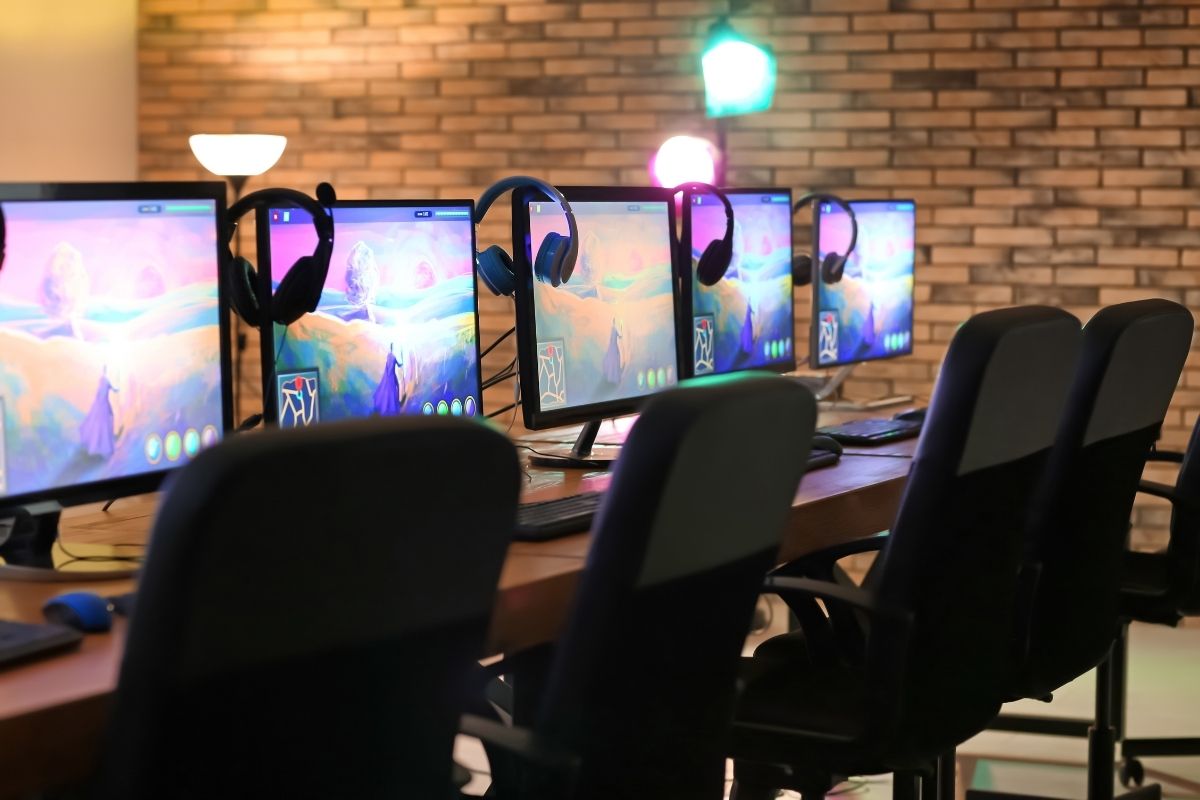The Esports Landscape: Milestones in the History of Esports
Competition has always been at the core of gaming, and esports is a great example of the evolution of gaming over the last 50 years. Esports really began in the 1980s with Walter Day who, via his organization Twin Galaxies, hosted competitions to determine the best players for arcade games like Donkey Kong and Tetris based on high scores that spectators could watch. Today, esports are more in line with traditional sports, with leagues in such varied communities as NBA 2K, Call of Duty, and Overwatch.
The next esports milestone looks to be in game development itself for both Playstation 5 and Xbox Series X, but particularly PS5 due to its storage architecture. Because of the way the hardware is built now with the SSD structure, as well as the elimination of hard drives, the jump in game development is akin to comparing an old record player to an iPhone.
These developments seem to signal a major milestone in overall entertainment in the gaming space, helping the form continue its transition from being an activity that only a few players can enjoy at a given time to something more like sports that thousands, even millions, can enjoy worldwide, whether you’re a gamer or not. NBA 2K League has even been featured on ESPN alongside “real” sports.
In the future, the acceptance of esports by major outlets will continue to make such an event the norm rather than the exception, especially as more games are created to work in this kind of sports format.
From its humble beginnings in the arcade, esports have become one of the greatest examples of how gaming has evolved to become the juggernaut of entertainment it is today.
